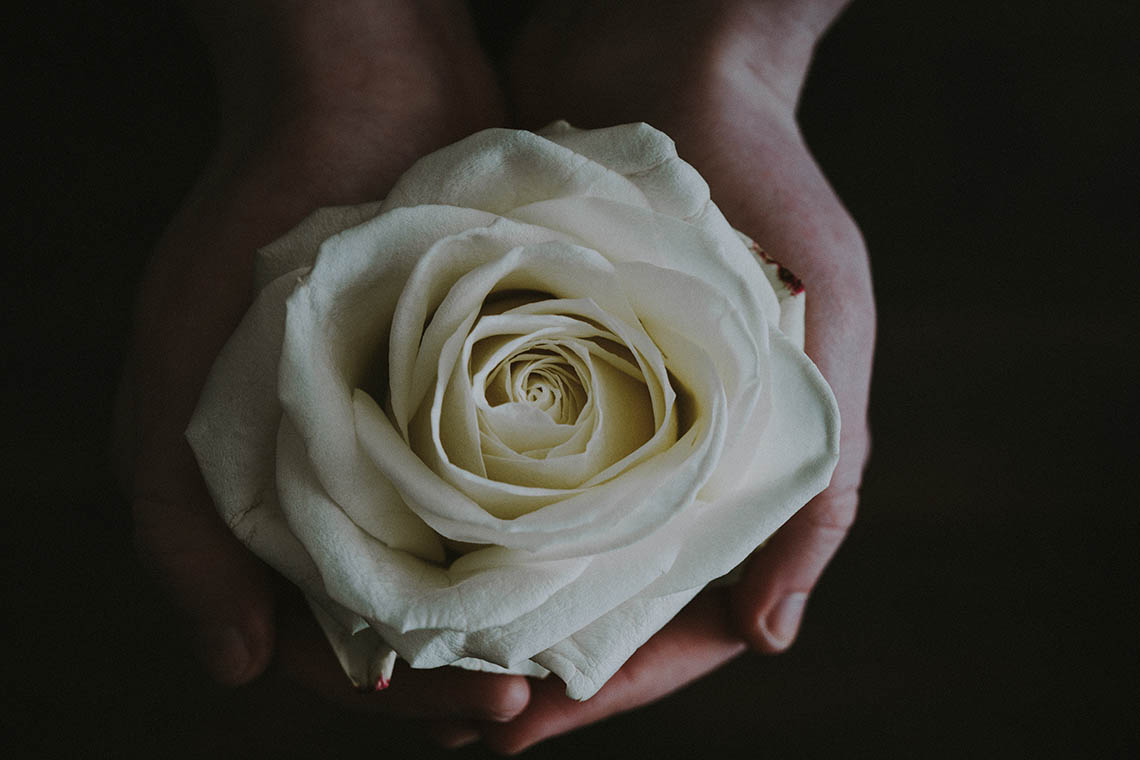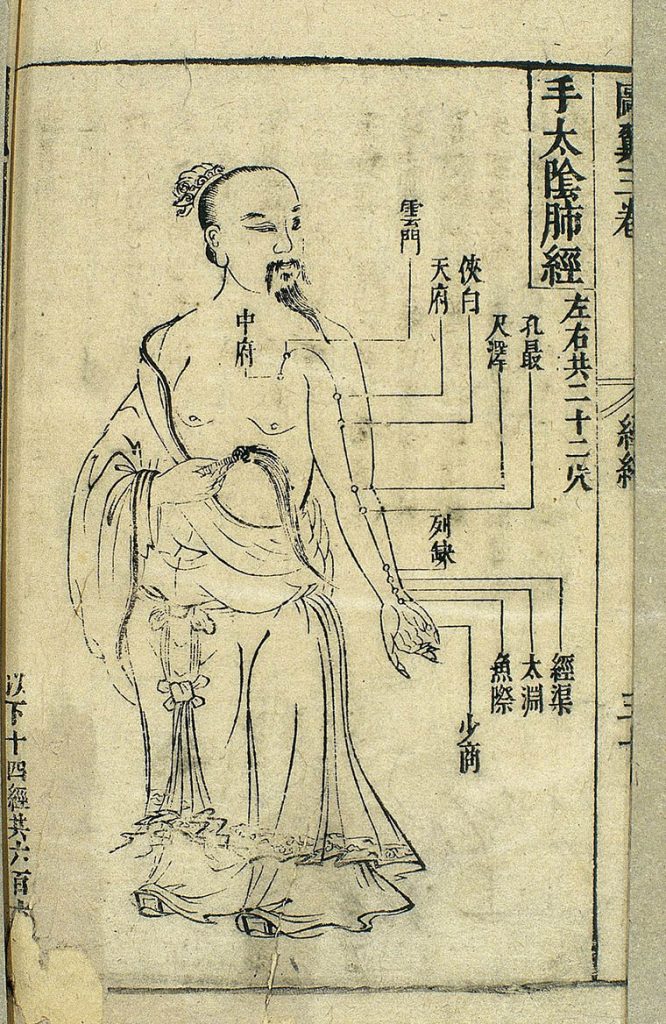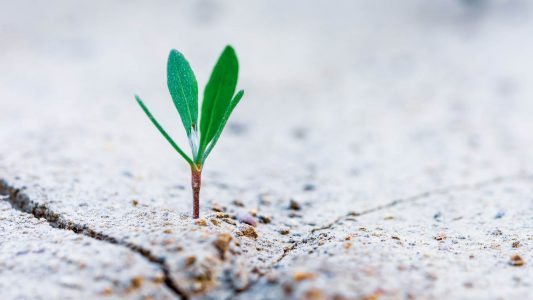
“As energy flows in the pelvic bowl, it replenishes the energy of the female body and gives expression to the feminine spirit.”
~Tami Lynn Kent
You could say that my general focus is women’s pelvic health. The female pelvis houses the uterus, ovaries, uterine tubes, cervix, vagina, bladder, rectum and the corresponding openings and includes layers of tissue — muscle, fascia, connective tissue and erectile tissue. Every person (so far!) enters the world first living in and emerging from this place. Pelvic health is essential for vibrant health, sexuality, reproduction and a felt sense of safety.
Here I’ll focus on the Chinese Medicine view of the pelvis using channel theory. Tami Lynn Kent also offers an amazing energetic landscape of the pelvis in her book Wild Feminine.
What’s a channel?
You’ll need a little working knowledge of Chinese Medicine channel theory to understand what I’m referencing so we’ll start there. A channel is an energetic pathway that is mapped on and in the body. In Chinese Medicine, there are 12 primary channels corresponding with organ systems, such as the Heart, Stomach and Liver. The primary channels are bilateral, meaning they exist on each side of the body. For example, each leg has a Stomach channel.
There are various other channel systems, most correspond to the primary channels or relate to them in some way. The system of channels that I use most frequently in clinical practice is called the 8 Extraordinary Vessels, or 8 Extras. The 8 Extras are the only channels that are present in prenatal existence, meaning they function in utero to support fetal development and life. They have a potent effect on the various organ systems and are closely related to Blood and Jing (the Essence of you). The 8 Extras are archetypal in nature and can teach us a lot about our life trajectory, patterns, strengths and even traumas.
Channel theory is important because it’s the basis of acupuncture theory and knowing the pathway of the channel often reveals what the channel may be indicated for. Any obstructions or stagnation in a channel leads to pathology, like pain, disease, malfunction, etc.
Which channels cross the pelvic bowl?
Here’s the list of the primary channels that cross the pelvis (hint: they are all leg channels):
Yin
Spleen, Kidney, Liver
Yang
Gall Bladder, Stomach, Urinary Bladder
These channels, stemming from the various organ systems, can affect the pelvis in a variety of ways. For example, the Liver channel encircles the genitals and can be indicated for any problem in that area, like itching, infections, impotence, pain, hernias, etc. The Gall Bladder channel traverses the hip joint itself and it is often used for hip and low back pain as well as sciatica.
While these primary channels are important and can all be utilized in different ways clinically, I do want to focus more on the Extraordinary Vessels that help create the pelvic container.
All of the 8 Extraordinary Vessels cross the pelvis in some way; however, the three key players are Ren, Du, Chong. These three vessels are integral for the energetic boundaries of the pelvis. Let’s take time for each one.
Ren Mai
The Ren vessel is also known as the Sea of Yin or Conception vessel. It’s a vessel of bonding and the archetypal Feminine. It’s also a vessel of containment, allowing us to interface with the world in a way that supports the unfolding of Jing (Essence) through the balance of expression and boundaries.
Healthy Ren function knows when to move closer via social engagement and when to back off. It knows how to nourish the self and others. It is in close relationship with the Heart, Kidneys and Uterus. It is on the front aspect of the body, with its emerging point at the perineum it continues up the midline of the body to the face.
As the Sea of Yin, it is essential for reproductive function, including ovulation, menstruation, pregnancy, birth, breastfeeding, etc. If the Ren vessel is injured during a surgery or birth (perineal tearing or cesarean), the energetic root can feel unstable and lead to anxiety, depression, digestive issues, hypervigilance, prolapse, excessive uterine bleeding or an overactive mind.
The Ren vessel holds the energetic boundary of the front aspect of the pelvis and is deeply connected to the Uterus.
Du Mai
The Du vessel is also known as the Sea of Yang or Governing vessel. It’s a vessel of individuation and the archetypal Masculine. This vessel provides the motive force for forward movement in life. It helps us realize our independence and support us for exploring the external world.
It emerges near the tip of the tailbone and travels up the spine to the brain and then down the midline of the face to the upper lip. It contributes to the energetic boundary around the sacrum and back of the pelvis. The Du vessel has a close relationship to the brain and specifically the hypothalamus – pituitary – ovarian axis to modulate stress and hormonal production.
Without it’s healthy function, there can be dysregulation of the nervous system, confusion, lack of self-respect or will.
Chong Mai
The Chong vessel is also known as the Penetrating Vessel. It’s the Sea of Blood and Yuan Qi. This channel is particularly potent because it is the source of the polarity of Yin and Yang, which gives form and function to the rest of the body.
The Chong vessel holds essential information about your core, authentic self, as well as your physical and spiritual ancestry. Like the Ren vessel, its origin is in the uterus for women and it emerges at the perineum, making its healthy expression key for reproductive health.
Unhealthy Chong function can cause all kinds of menstrual health concerns, sexual arousal problems, infertility, depression, obsessive thinking or being unclear about who you really are outside of societal expectations, relationships, etc.
This powerful vessel allows you to manifest in this life from your deep, true self. It’s embodiment is the feeling of being rooted in the center of the pelvis with the capacity to mobilize when needed. The channel itself crosses the front aspect of the body as well as the spinal column and even down the legs, leaving very little of the body untouched by its power.
The power and potential of the pelvis
The anatomy of the pelvis, in both Eastern and Western medicine, is complex but I hope this post gives you some insight or at least something to think about around your own pelvic health. Chinese Medicine in particular can offer a different way into this landscape.
It’s a landscape of power and potential as well as rest and gestate. It’s both an origin place for life itself and a place of great transformation and even death. The tissues in this territory often have a story of their own and if you’re willing to listen, you’re sure to hear the threads of the Ren, Du and Chong vessels.
If you’re curious for more or want support for your pelvic health, which has everything to do with reproductive health, sexual health and overall vitality, please reach out to me or book a session.
Resource
Psycho-Emotional Pain and the Eight Extraordinary Vessels By Yvonne Farrell






